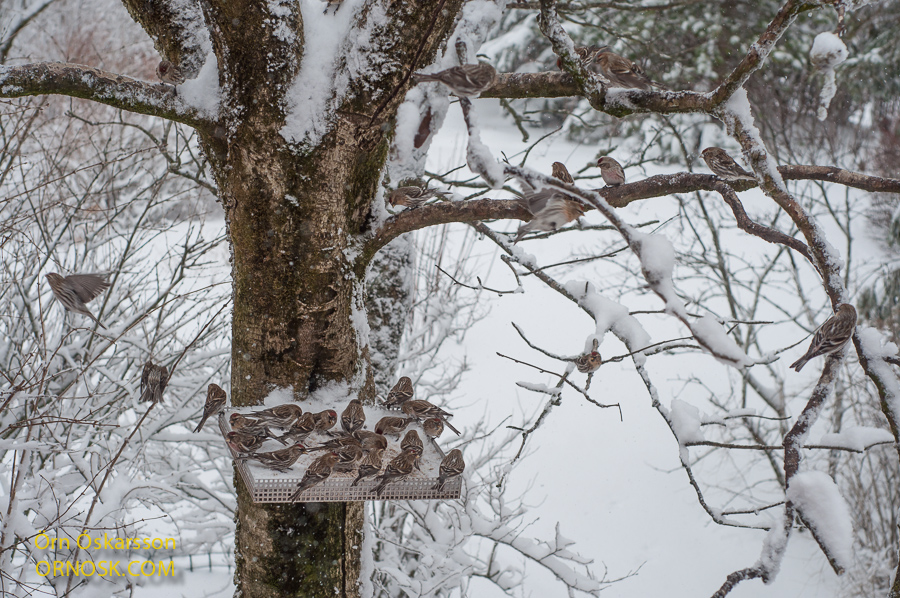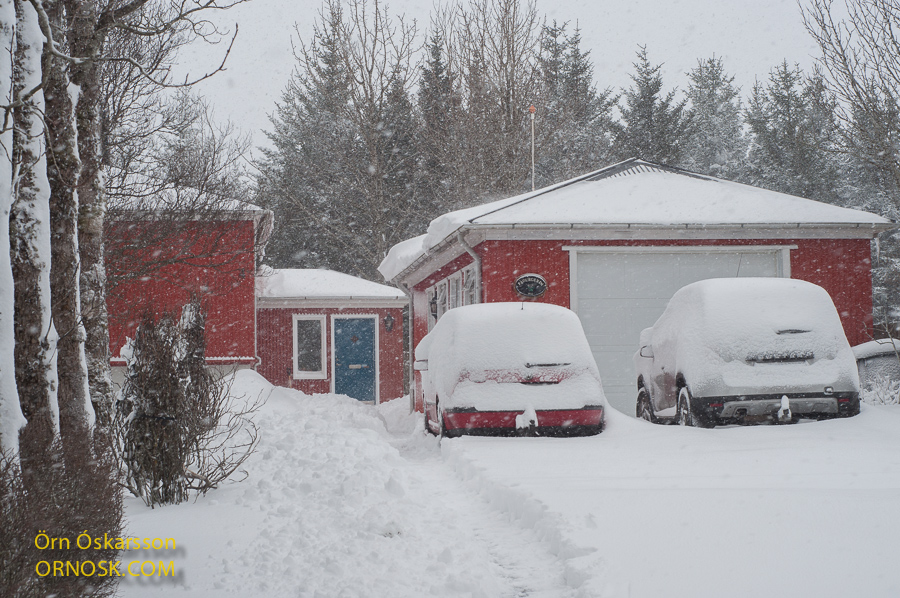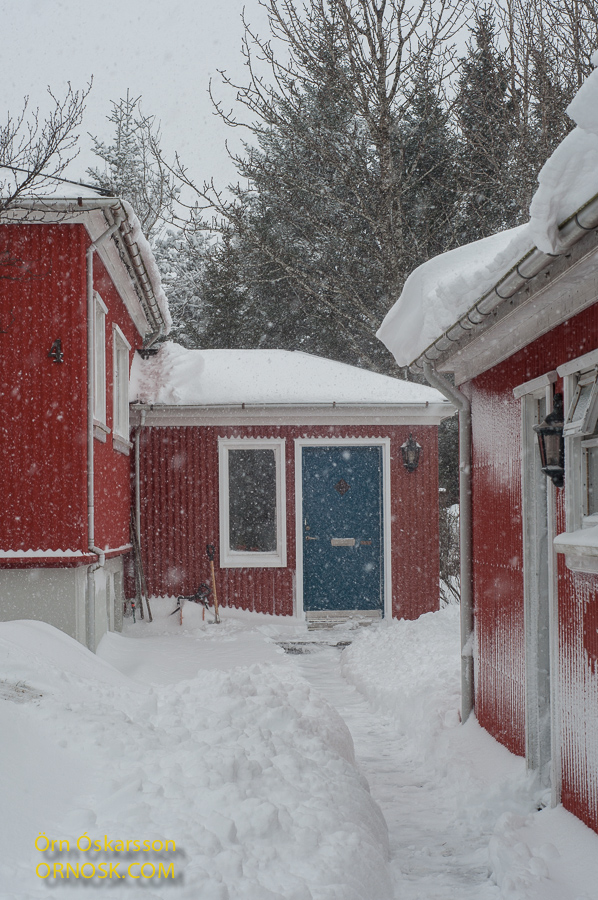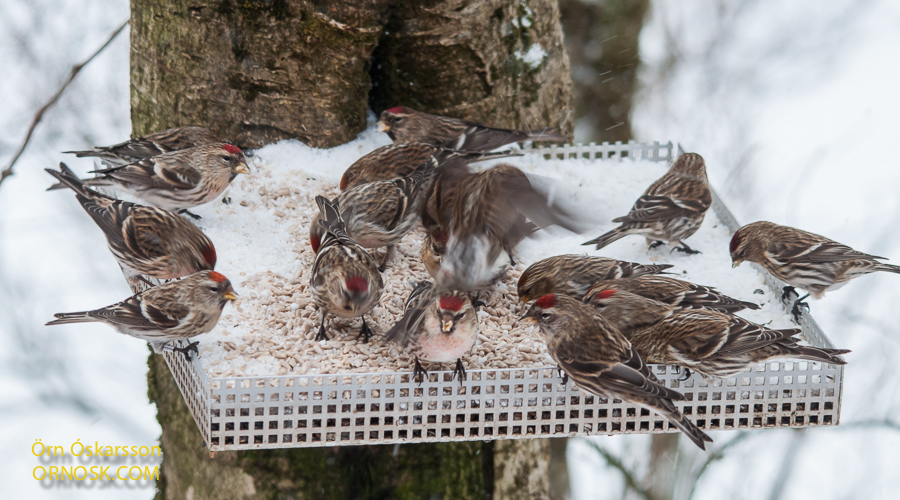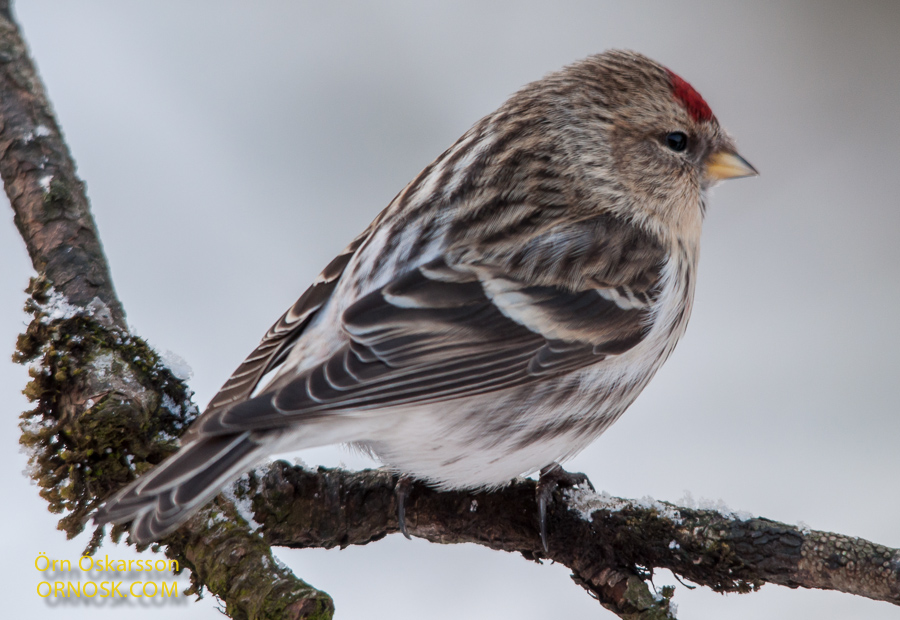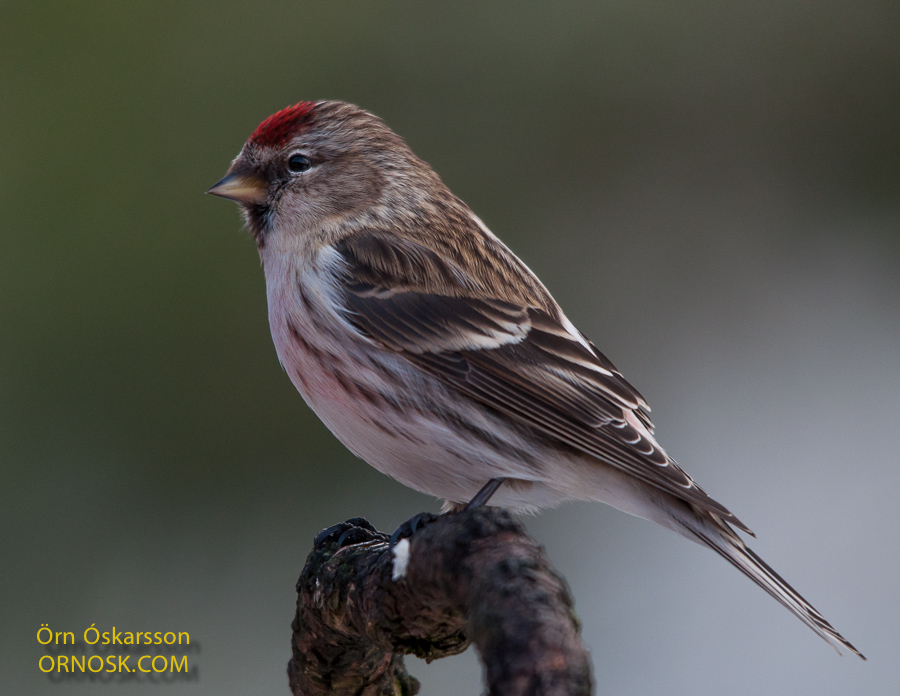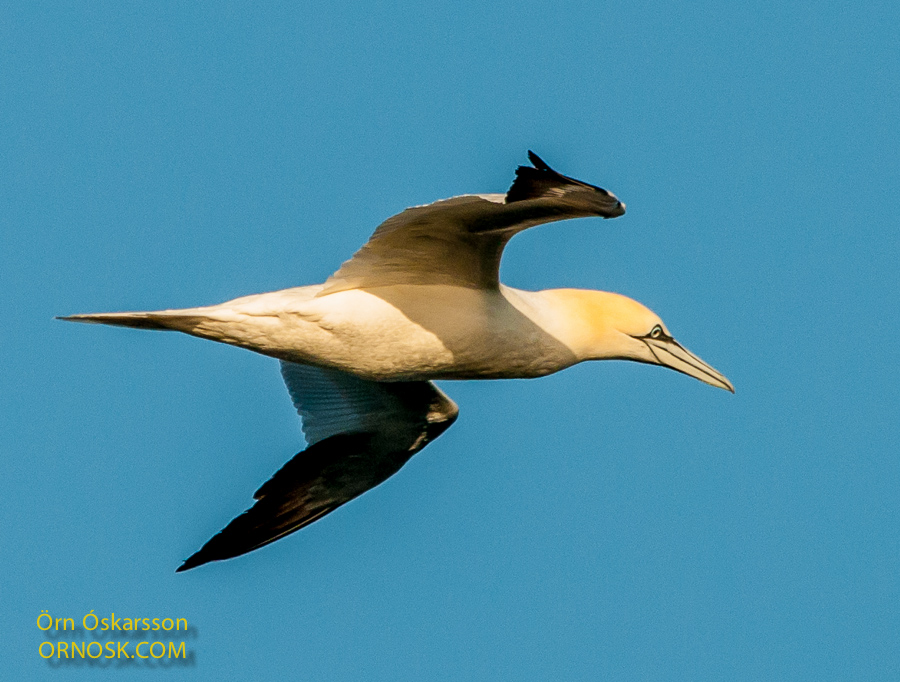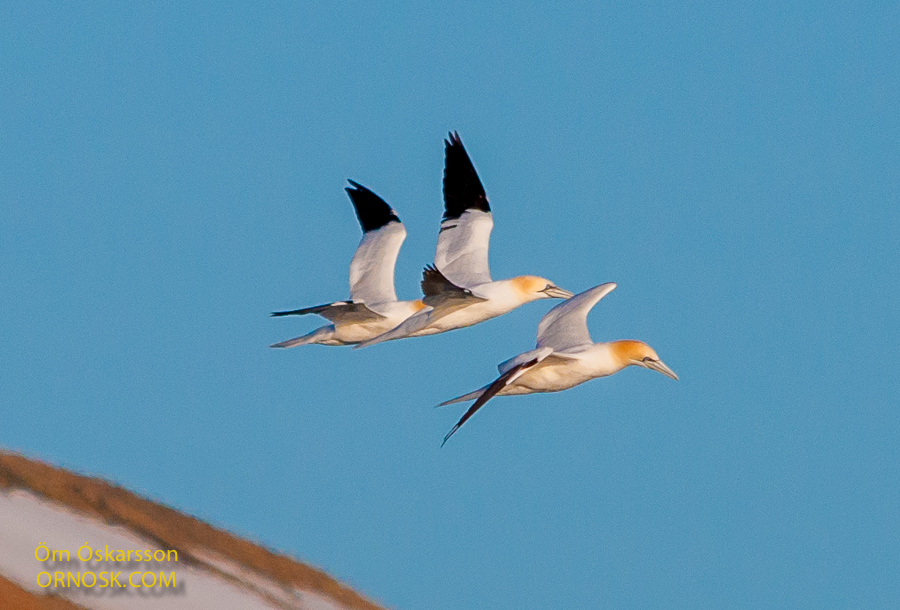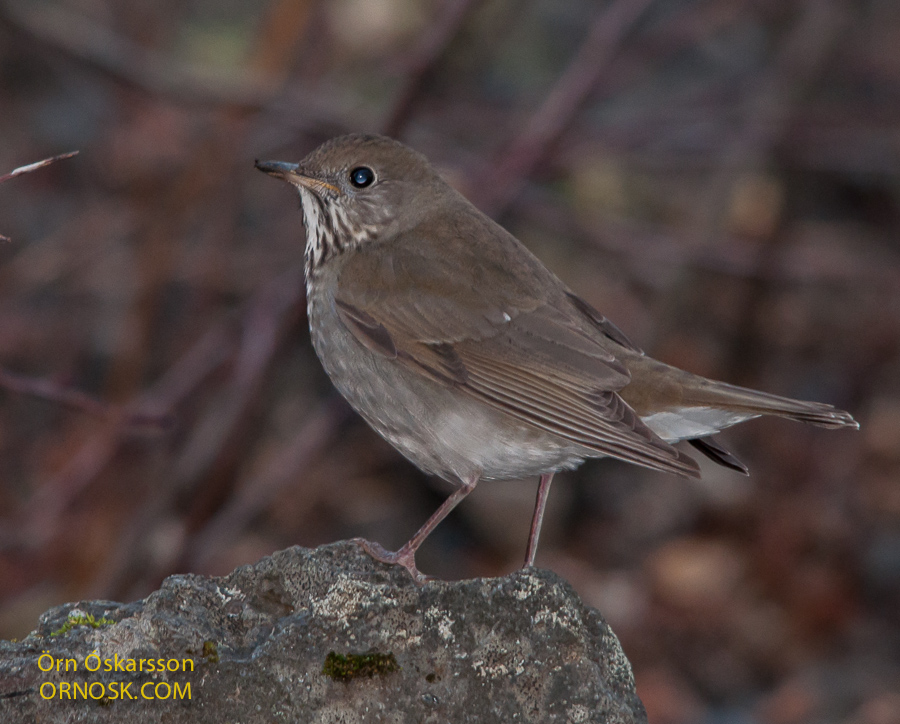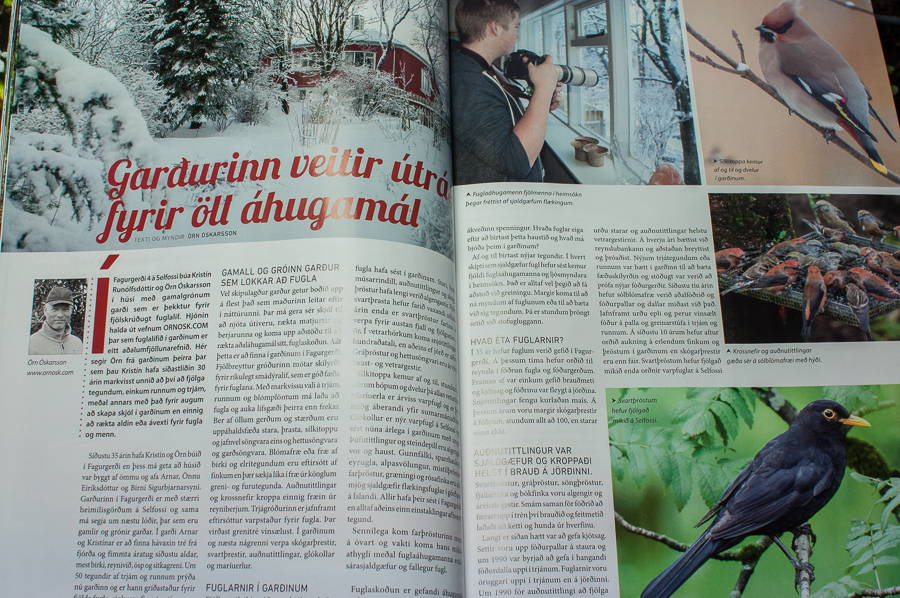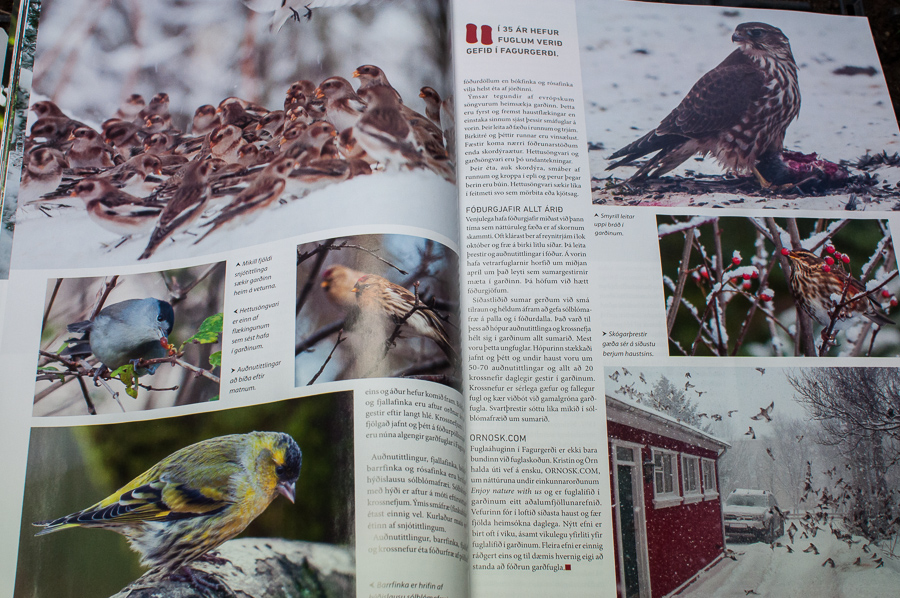More snow had fallen when we woke up this morning, as can be seen from these photoes. At 4 we woke up to a thick blizzard, something that belongs to the middle of winter. But here we are and we wouldn’t want to be anywhere else.
Örn went out around 8 to clear the snow so as to be able to feed the birds. He offered them some seeds from the palm of his hand but they were probably not cold enough to be tempted.
It will probably be a terrific day to play outside, make a snowman or snow house, or even go skiing if the wind stays calm. For us it is time to make coffee and admire the view over the snowy river from our kitchen window. Would be nice to have some birders here to share some birding gossip and a nice cup of coffeee. – Hope you have a terrific day and that you too feel that where you are is also the best place on Earth 🙂

